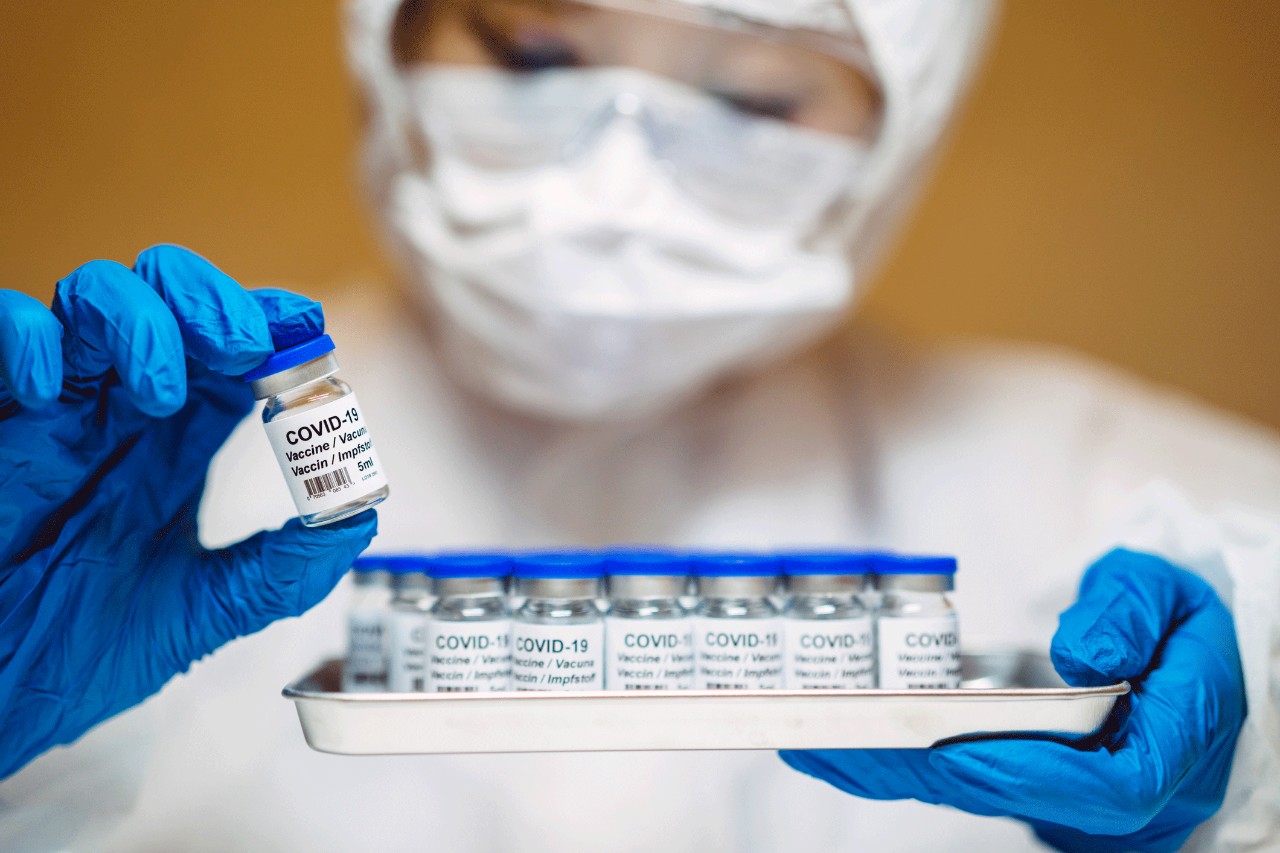How Safe Are Vaccines?

The idea of a vaccine can create anxiety, but vaccines are the best way to protect you from dangerous diseases. Here’s what you should know.
Decades of research have shown that vaccines are safe and prevent dangerous diseases. If you have read the opposite online or heard warnings from people you know, evaluate their arguments and facts carefully. Going without a vaccine is risky, too — for you and your children.
The first thing you need to know: A vaccine does not give you an illness, even in a mild form. That is a common misunderstanding. Instead, it exposes your body to a part of a bacteria or virus, typically a protein — this is called an antigen. The bacteria or virus itself is dead or disabled. But the presence of the antigen triggers your immune system to go into action, usually without producing any symptoms.
You might think of this as studying for a test. Your body will be prepared to ace the test, protecting you if you encounter the actual living bacteria or virus.
On the other hand, if aren't vaccinated, you’re taking a risk that you’ll do well on the test without studying. Your body will have to fight the disease unprepared, with all the symptoms. You’re also at greater risk of spreading the disease to other people.
YOU MIGHT ALSO LIKE: Childhood Immunization Schedule
What vaccines have done for us
Smallpox was a deadly disease — it killed millions every year in its last century, about three out of every 10 people who were infected. It left others with severe scars. The smallpox vaccine, the first vaccine, is the world’s greatest success in public health. By 1980, it ended smallpox across the world.
Vaccines have ended polio and rubella in the United States and dramatically cut the U.S. cases of chickenpox, measle and mumps, pertussis (whooping cough), rotavirus, diphtheria, flu, hib, hepatitis, and tetanus.
But when too many people go without vaccines, we have outbreaks. In 2019, for example, a large, multi-state measles outbreak occured in 31 states.
How vaccines are made
Creating a vaccine usually takes 10 to 15 years of research development and testing before it ever reaches you. The COVID vaccine was created in record time, but is still being updated to fight new variants. The flu vaccine is updated each year, but almost everything about it stays the same.
After the U.S. Food and Drug Administration (FDA) chooses a test vaccine for further investigation, it enters at least three more phases of clinical trials on human volunteers, looking for side effects and assessing the correct dosages. In the last phase, the test group includes tens of thousands of volunteers — about three times the number in U.S. trials to test other medicines. Yet, fear and lack of information make people who take other medications all the time, even daily, skip vaccines.
Once a vaccine is approved, the FDA closely monitors it, testing batches, the production process, and production facilities, while monitoring how it affects people.
What vaccines contain
Injecting anything into your body can be frightening. Here’s what you get in a vaccine.
Besides the antigen — a dead or disabled part of a germ — you receive preservatives, traces of the production process, or other substances that make it more effective. There might be antibiotics or egg or yeast protein.
Routine childhood vaccines, including for the flu, do not contain thimerosal, an organic form of mercury (also called ethylmercury) that protected vaccines from contamination in the past. Thimerosal is safe, but it is no longer used or necessary.
Also, parents concerned about the dosages for a child should know that vaccines given to babies are designed for babies’ immune systems. Your baby could handle more of the antigen that she’ll receive in a vaccine.
Bottom line
People who refuse to have vaccines or get their children vaccinated take the chance that they won’t ever encounter a virus or bacteria. They also risk giving other people deadly diseases.
Updated:
February 22, 2023
Reviewed By:
Janet O’Dell, RN